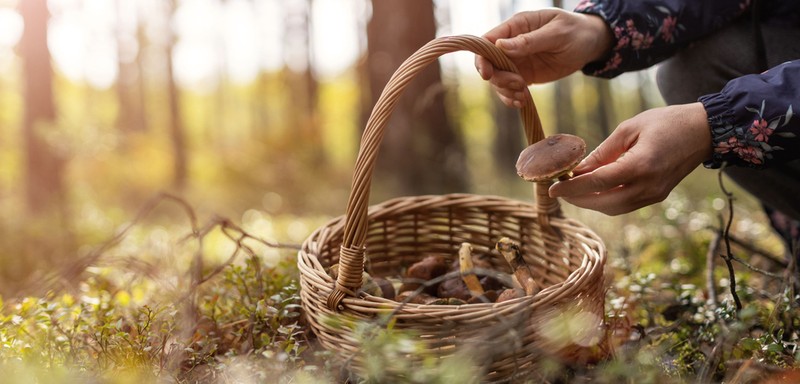
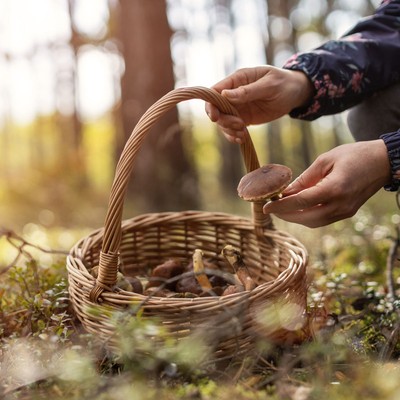
A Beginner’s Guide To Foraging
Firstly, what is foraging?
“Foraging is the act of searching for and gathering wild food sources, from old abandoned orchards to woodlands and even hedgerows. It’s really taken off in the last few years as food prices increase and people want to know where their food comes from. Also, following the last few years, people really want to connect with nature for both physical and mental wellbeing.” – Mark Lane, BBC Gardener’s World presenter & gardening expert at Stannah
“For thousands of years, our hunter gatherer ancestors went in search of ingredients in the wild as a means of survival. However, the relatively recent emergence of agricultural developments coupled with population growth meant that humans became less reliant on this practice (with the exception of indigenous cultures). Today, most Western societies are relatively detached about the origins of food. Foraging is a way of reconnecting to the land and to our nomadic ancestors by gathering delicious and medicinal wild fruits, foliage, flowers and fungi. But more than this, it’s a practice in mindfulness, a way of reconnecting with the natural world.” – Noah Ellis, founder of Nomadic
Why has it become more popular in recent years?
“Mainly because people are becoming interested in connecting with nature and the land. People are also becoming more curious about learning about natural foods. With the increase in veganism in the UK over the past few years, we’re more drawn to finding foods in nature. The popularity of foraging in modern years is also thought to be part of the rising awareness of climate change and people’s desire to lead a low-impact lifestyle.” – Fiona Jenkins at Myjobquote.co.uk
Can you forage year round?
“The beauty of foraging is that it enables you to trace the edible seasons throughout the year and there is always something to look forward to across different landscapes. From wild garlic shoots in the spring to sorrel in the summer, mushrooms in the autumn and birch sap in late winter.” – Noah
What can you find at this time of year?
“Autumn is one of foraging’s core seasons. It’s harvest time for a wealth of greens, flowers, fruit, nuts and fungi, whilst the cooler weather and the abundant beauty of the changing season makes it the perfect time to head outdoors and reconnect with the natural world. Depending on where you are in the UK, different berries and nuts will be more readily available. Blackberries grow in many woodlands across the UK, so are perfect for collecting. Just make sure they are a dark purple when picked, or they won’t be ripe enough for eating.
“Other widely found berries include elderberries, hawthorn berries and rowan berries. When picking these, it’s important to know which varieties can be eaten raw versus which need to be cooked first. Hawthorn berries, for example, contain a toxic acid when raw but, once cooked, are perfectly safe. Nuts are another great option and identifying the different species whilst out walking is oddly satisfying. Hazelnuts are a great choice and should be picked when their leaves are turning yellow. Beech nuts are another one to look out for – or up for, as the trees grow to 40m high. Don’t worry if you don’t feel like scaling heights for the nuts, as the shells open up when the nut is ready to eat, meaning they can be collected from the forest floor.” – Catharina Björkman, lifestyle expert at Contura
“During the autumn months, look out for sloes which are used to make sloe gin. These berries also work well in jams, vinegar and whisky. It's best to pick these after the first frost as this can help to soften the skin and makes them juicier. Wild raspberries can also be spotted – if you manage to find enough, you can use them in the same way as you would with shop-bought raspberries. Hazelnuts can be nibbled on raw when they’re still green or oven-roasted to make hazelnut butter; chestnuts can be boiled, roasted or microwaved and then peeled; and walnuts can be used in a variety of ways.” – Fiona
“Autumn is one of the most exciting times of the year to forage for wild mushrooms. This can be an incredibly rewarding practice; however, I would always advise doing this with a foraging guide as there are a number of mushrooms that are poisonous and potentially fatal. At Nomadic, we offer Fungi Forage Feasts which include an introduction into wild mushrooms, a foraging tour and a delicious feast cooked over open fire in our hidden woodland.” – Noah

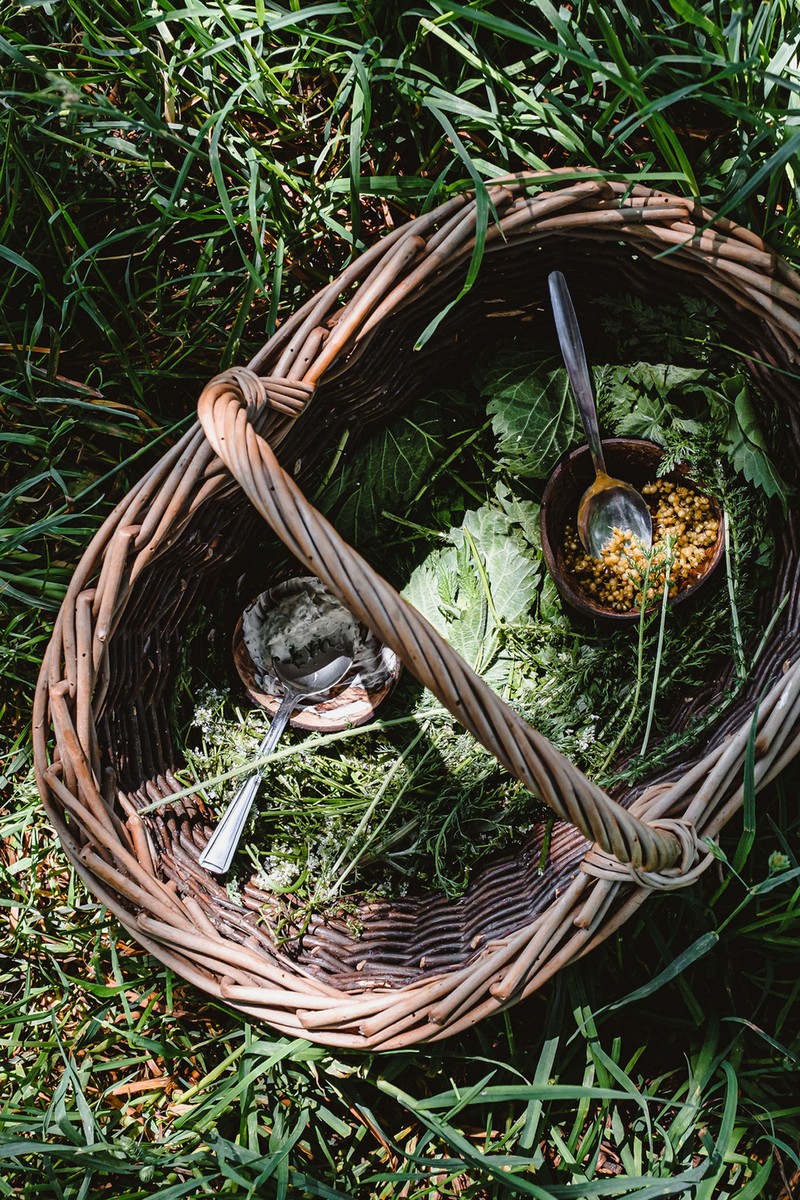
How do you know if it’s safe to eat?
“If you're foraging for things that have poisonous lookalikes, such as mushrooms or berries, it's important to forage with someone who is experienced in identifying wild edible foods. If you're a beginner, it may be worth joining a foraging group where you can forage with pros and learn more about what you can and cannot eat. As a rule of thumb, you should never eat something unless you're sure what it is. If you have any doubts, don't eat it. It's important to remain aware of the risks, do your research and take proper precautions.” – Fiona
“The downside to foraging is that not everything is edible – nature must keep something to itself – so it’s very important to know what to pick and what is edible, otherwise you could find yourself feeling very poorly. Before heading out on your first foraging trip, attend a session with an expert. This will give you the basic know-how and help you avoid picking (and eating) foods that are unsafe. Also, you don’t have to pick on your first ‘forage’ – it’s perfectly sensible to observe from a short distance and learn where you’ll find the food, and what it looks like. Then, as you become more familiar with the activity, you can begin to pick and collect food.” – Richard Spowage, reserve manager at Pensthorpe nature reserve
“The best places to go are those that have not been touched by humans as much as possible. Stay away from food close to car parks as exhaust fumes and particles can settle on the food and soil, and affect the plants. It’s also really important to ask permission to forage for food. In doing so, the owner of the land may know what’s there and might be able to recommend what is safe and what is not. Wild onions, garlic, nettles, dandelions, chickweed, blackberries, wild strawberries and blueberries are all safe to eat, but never eat holly, yew or mistletoe berries. Ultimately, only eat foraged food that you know and are 100% certain of its identification. Mobile apps help with naming plants in the wild simply by taking a photo of it. If you are in any doubt, check with a gardening friend, a botanist or pop along to the garden centre or the RHS to see if they can tell you more about the food.” – Mark
Are there any foraging guidelines in the UK to know about?
“Different areas of the UK have different laws. In England and Wales, foraging on privately owned land requires permission from the owner, unless there’s a sign saying it’s allowed. In Scotland there is a ‘Right to Roam’, which allows for foraging on private land. Common sense should be used though – obviously, a woodland is okay to forage in but you should probably avoid someone’s back farm! It’s also a good idea to do some research into any protected species in the area. Be aware of what is plentiful and can therefore be taken home, and what is perhaps an endangered plant or one that is a prime food source for local wildlife, which of course should be avoided.
“Whilst picking the fruits and flowers of plants and trees when foraging is allowed, digging out a plant from the roots isn’t. Not only could it have a negative impact on local wildlife, but you’d also be taking away the chance for others to enjoy foraging.” – Catharina
“The Woodland Trust has some ‘responsible and essential foraging guidelines’. Schedule 8 of the Wildlife and Countryside Act 1981 lists wild plants that are protected and should never be picked. Also, read The Countryside Code, the Forestry Commission’s New Forest Fungi Code, the Scottish Wild Mushroom Code and speak to the information providers at the Botanical Society of Britain and Ireland and the British Mycological Society. Wild Food UK also has a helpful website, as does British Local Food and BBC Good Food.” – Mark
Where should you start in and around London?
“As long as you have the relevant permissions and you’ve done your homework on what to pick, most of the UK can be foraged safely. A common myth is that there’s nothing to forage in urban areas like London and the South East, however this isn’t always the case. Search for large hedgerows in parks, wooded areas and at the bottom of older, more established trees in green spaces like Hampstead Heath, and you’ll be surprised by everything you can find.” – Richard
“My favourite spots include Hampden Park in Eastbourne, Pagham in Chichester (especially for marsh samphire), Seven Sisters Country Park for field mushrooms, Brockwell Park for elderflower and Nunhead Cemetery for three-cornered leeks. Have fun, take lots of photos, relish in the food that you have found, picked, stored and cooked. With careful planning you can have cupboards and fridges full of nutritional and delicious food.” – Mark
“In London, I’d make a beeline for Dulwich Park, Walthamstow Marshes, Springfield Park and Brockwell Park.” – Fiona
Ready to get started? Here are the expert-recommended books to buy…
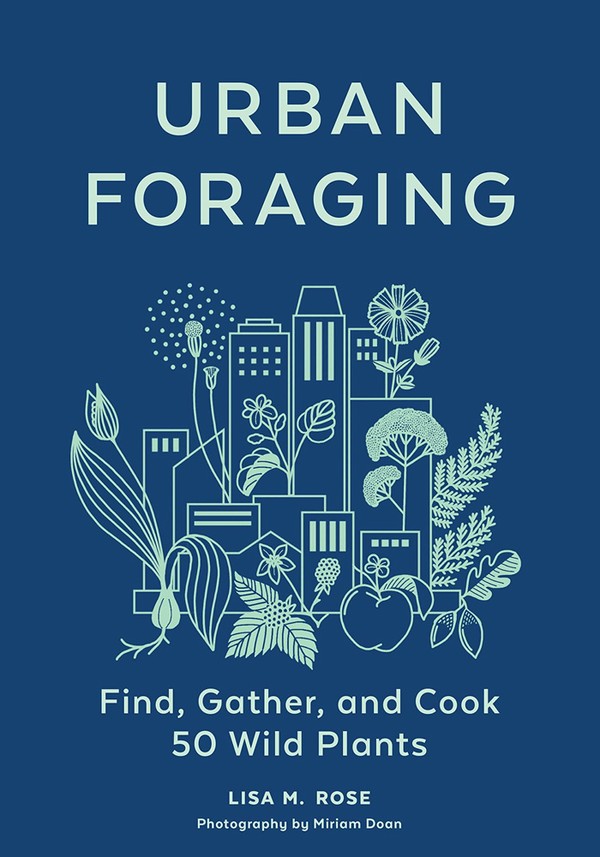
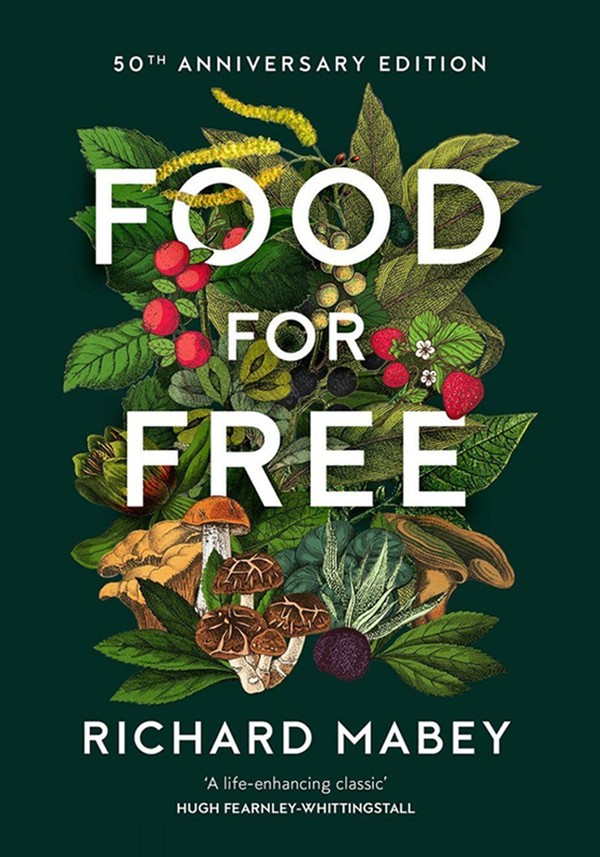
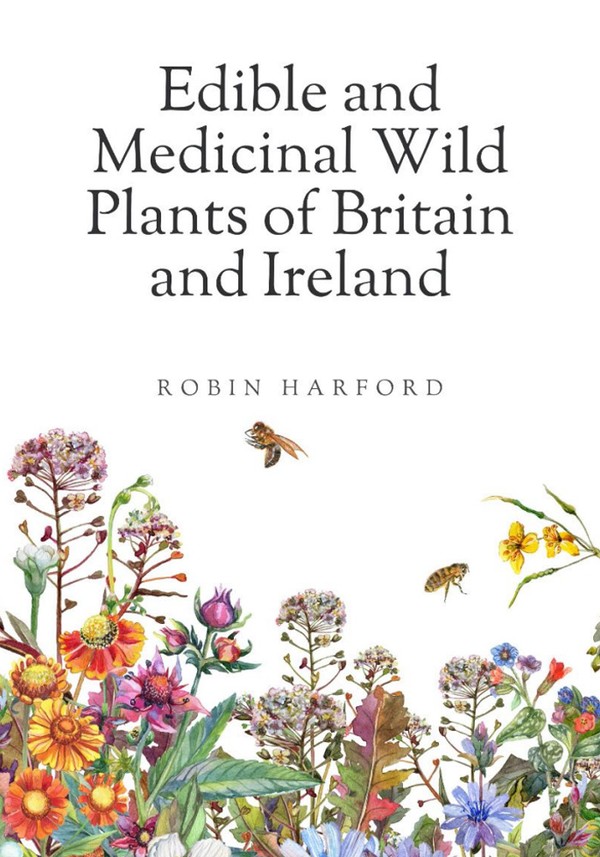
Robin Harford
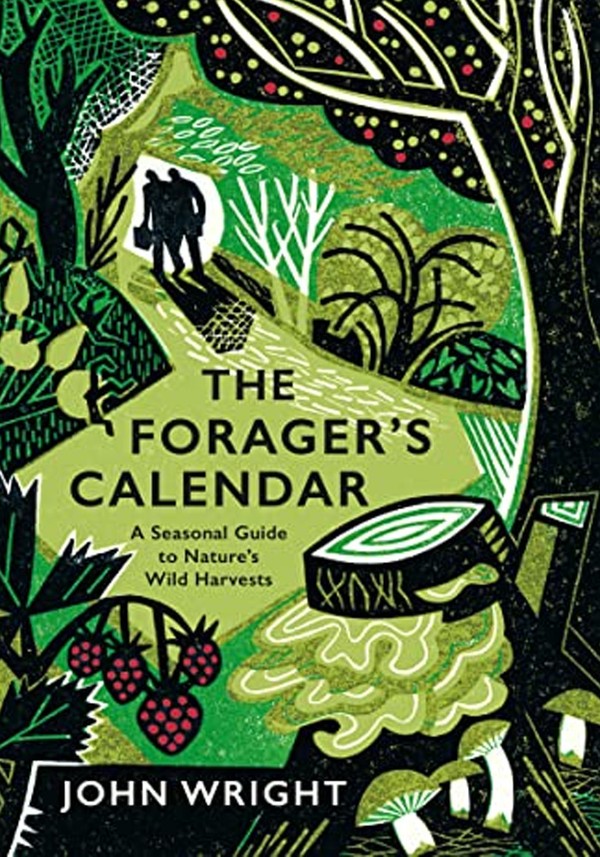
John Wright
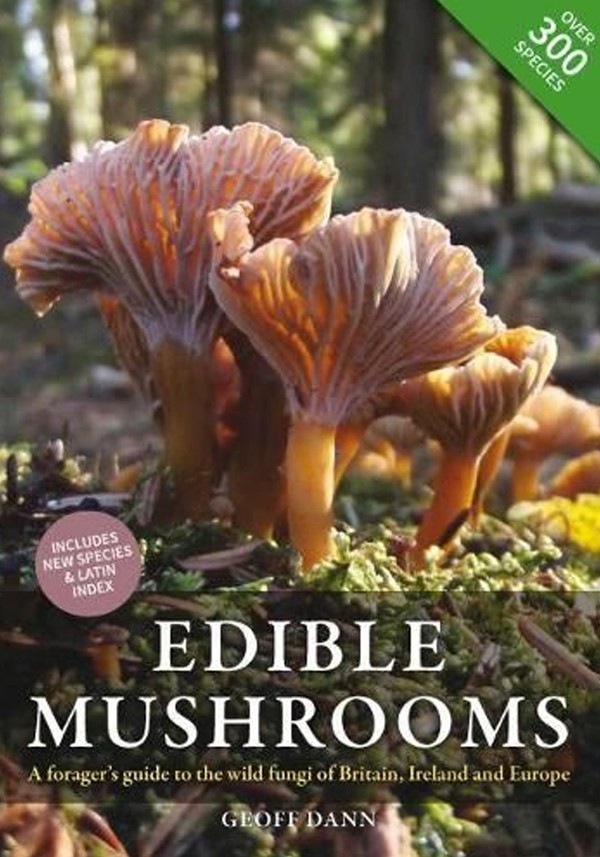
Geoff Dann
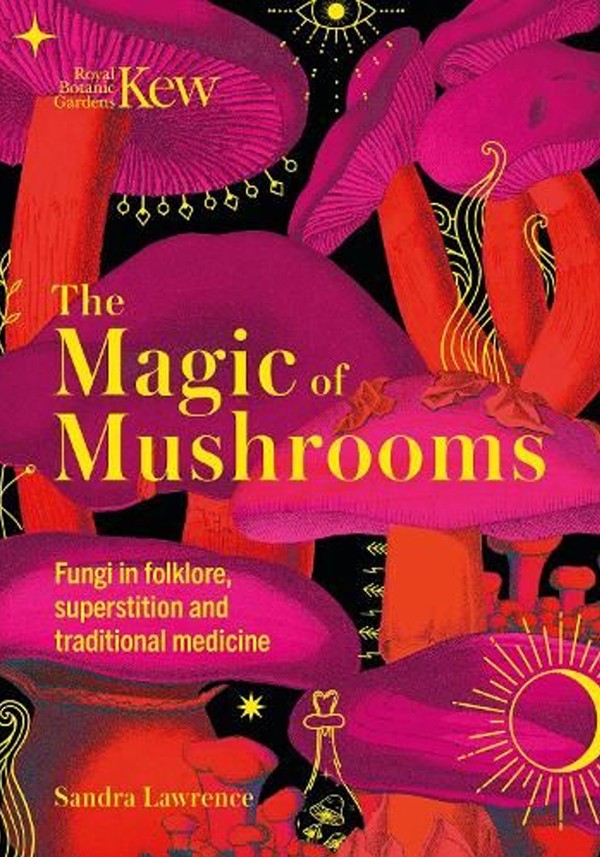
Sandra Lawrence & Royal Botanic Gardens Kew
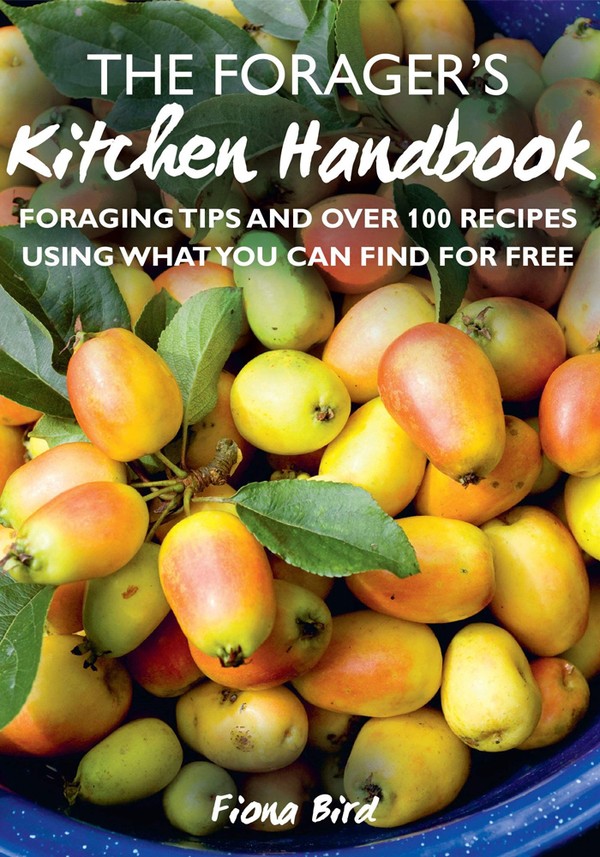
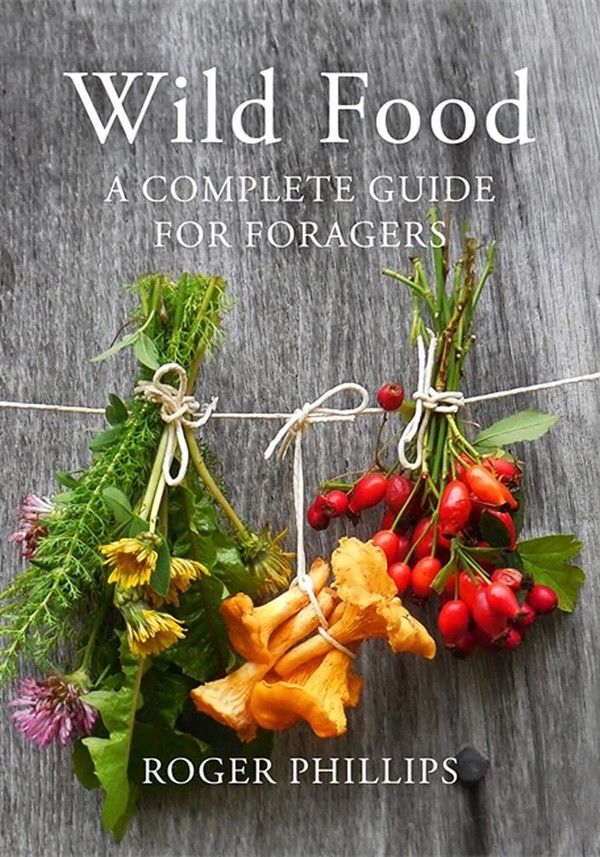
Inspired? Here, chef Niki Webster shares three recipes using foraged ingredients to try at home…

Crispy Cavolo Nero with Crushed Butter Beans & Hazelnuts on Toast
These recipes are all fantastic on their own but work even better together.
Add the cherry tomatoes to a large baking tray and toss them in 1 tablespoon of olive oil. Bake on a medium heat for 25-30 minutes or until soft and browning a little. Set aside.
Add a little olive oil to a frying pan and add the cavolo nero. Fry for a few minutes on a medium heat until crispy. Add the sea salt and black pepper and set aside.
To make the crushed butter beans, add the beans into a bowl along with the other ingredients. Mash roughly with a fork, then add in ¾ of the crispy cavolo nero. Stir to combine.
Dry toast the hazelnuts in a pan for a few minutes until lightly toasted. Remove from the heat, then crush slightly. Add to a bowl and stir in the maple syrup and sea salt. Set aside.
To serve, dollop the crushed beans onto the toast, top with caramelised hazelnuts, the remaining crispy cavolo nero and a drizzle of olive oil. Add the roast tomatoes on the side.
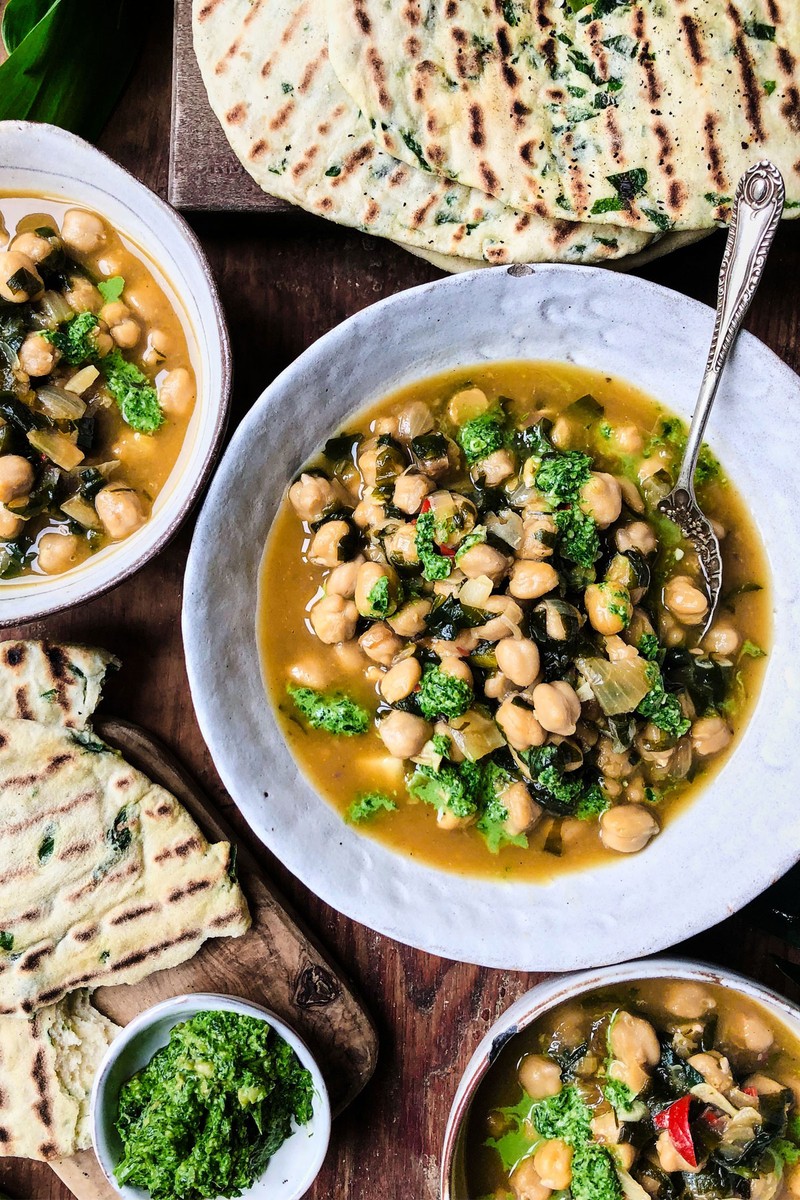
Wild Garlic Chickpea Stew with Pesto & Wild Garlic Flatbreads
The wild garlic season starts in late winter and lasts until spring.
To make the flatbreads, add the flour, yogurt, olive oil and salt to a large bowl. Stir to combine until it comes together, then transfer to a floured board.
Knead for a few minutes until you get a smooth and springy dough.
Roll out, then add the wild garlic, fold over to cover the wild garlic, then roll out again. Continue to roll out and fold over and roll out (3 to 4 times) until the garlic is integrated.
Heat a large griddle pan or frying pan to medium.
Divide the dough into 4, then roll out the first flatbread.
Pop it on the griddle pan and allow to cook and char a little on that side, then flip to cook to on the other side. Repeat until all the flatbreads are cooked.
To make the pesto, blitz all the ingredients in a food processor until you get a chunky paste.
To make the stew, fry the onions in a large pan with the olive oil for 10-12 minutes until soft and caramelised.
Add the garlic and chilli and cook for a minute. Add the chickpeas and stock.
Simmer for 10 minutes, add the wild garlic and lemon and simmer for 2-3 minutes.
11. To serve, dollop the pesto into the stew and serve with flatbreads
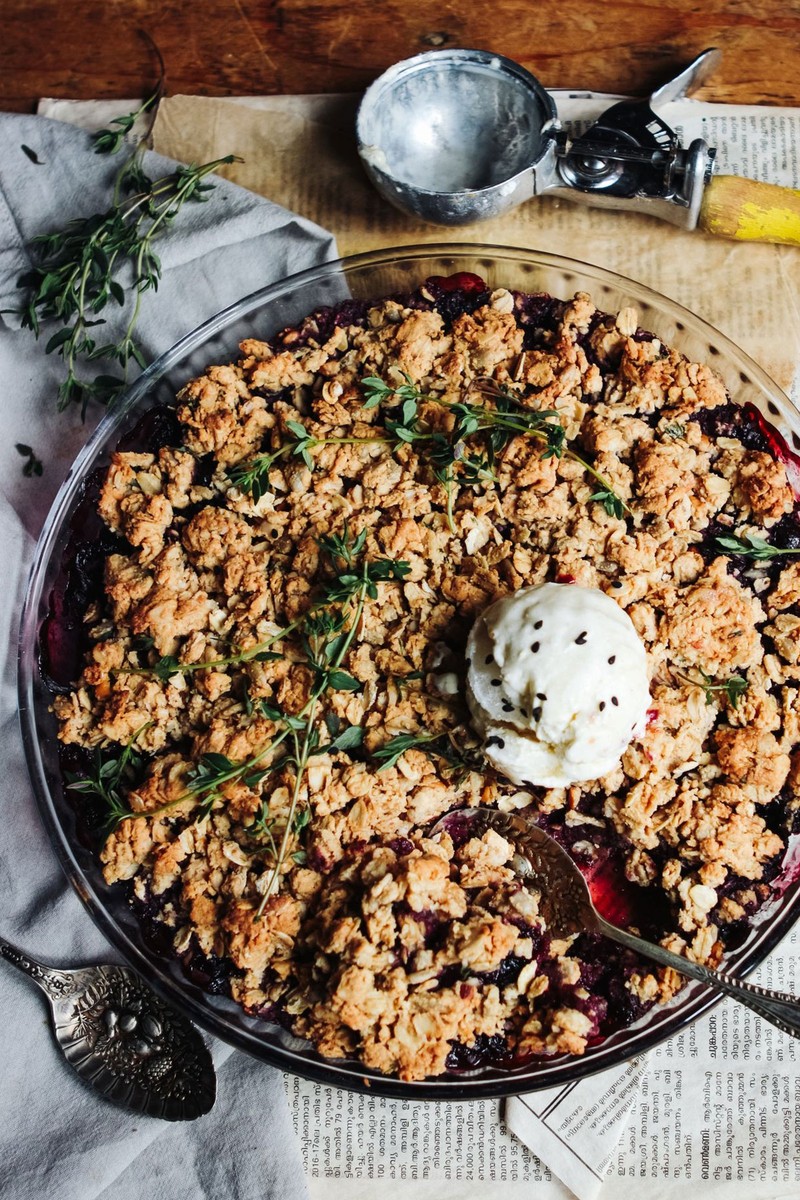
Blackberry & Blueberry Peanut Butter Thyme Crisp
This is simple dessert which celebrates the abundance and juicy goodness of berries with a gorgeous crispy topping. You can swap the berries with any seasonal foraged fruits, like strawberries or crab apples. The fresh thyme pairs really well with the nutty topping.
Preheat the oven to Gas Mark 4/180°C.
Add the fruit ingredients to a small pan and heat gently for a few minutes until it has broken down a little. Transfer the fruit to the base of a flan dish.
To make the topping, mix the dry ingredients (ground almonds, oats, seeds, rice flour, baking powder, thyme and salt) together in a bowl.
Add in the peanut butter and maple syrup. Mix thoroughly until you get a crumb, then add the crumble topping to the fruit.
Transfer the dish to your oven and bake for 20-25 minutes ¬– it’s ready when the topping is golden and crispy.
Remove from the oven and allow to cool a little.
Top with ice cream or yogurt and more thyme.
DISCLAIMER: We endeavour to always credit the correct original source of every image we use. If you think a credit may be incorrect, please contact us at info@sheerluxe.com.

